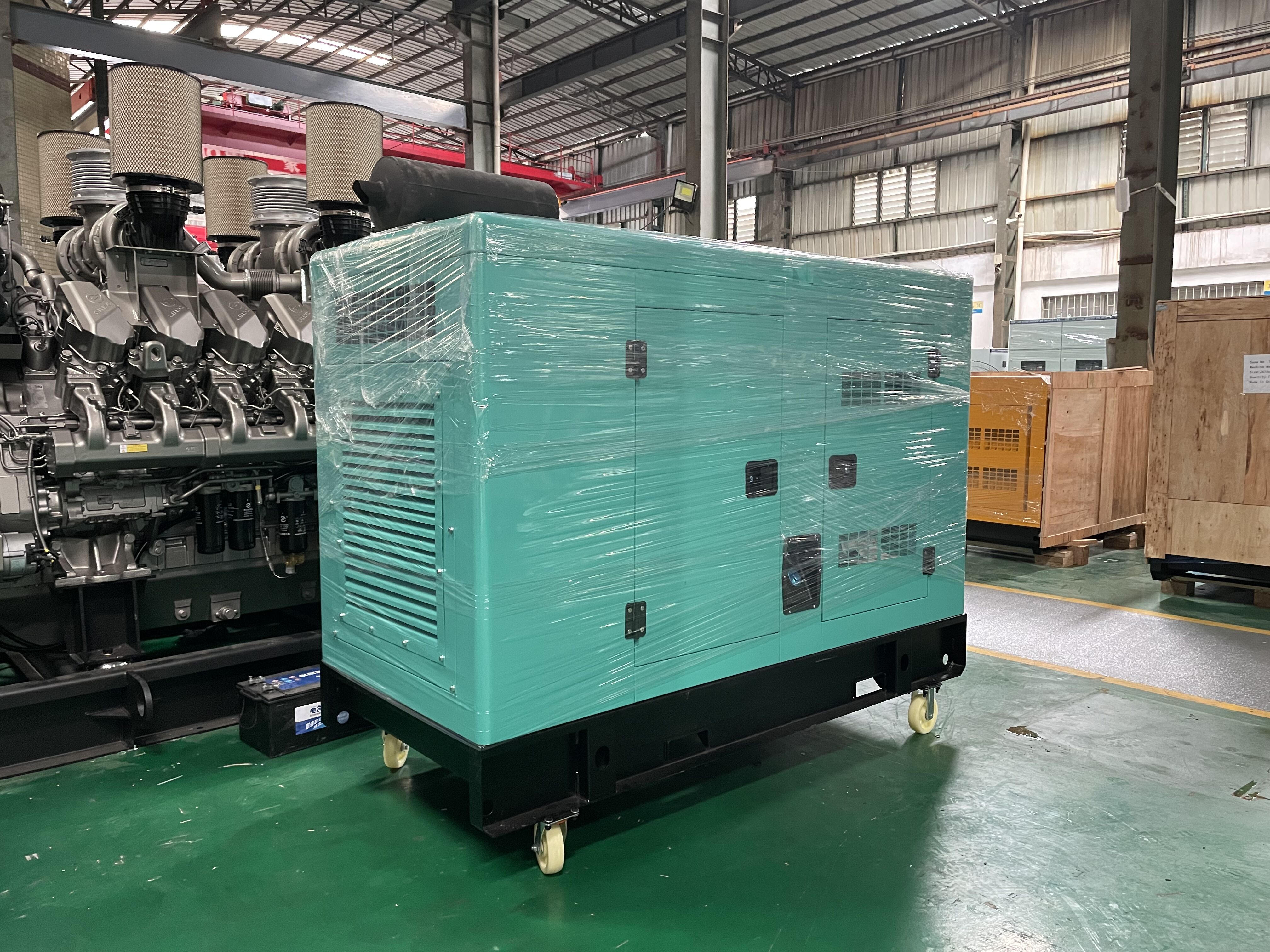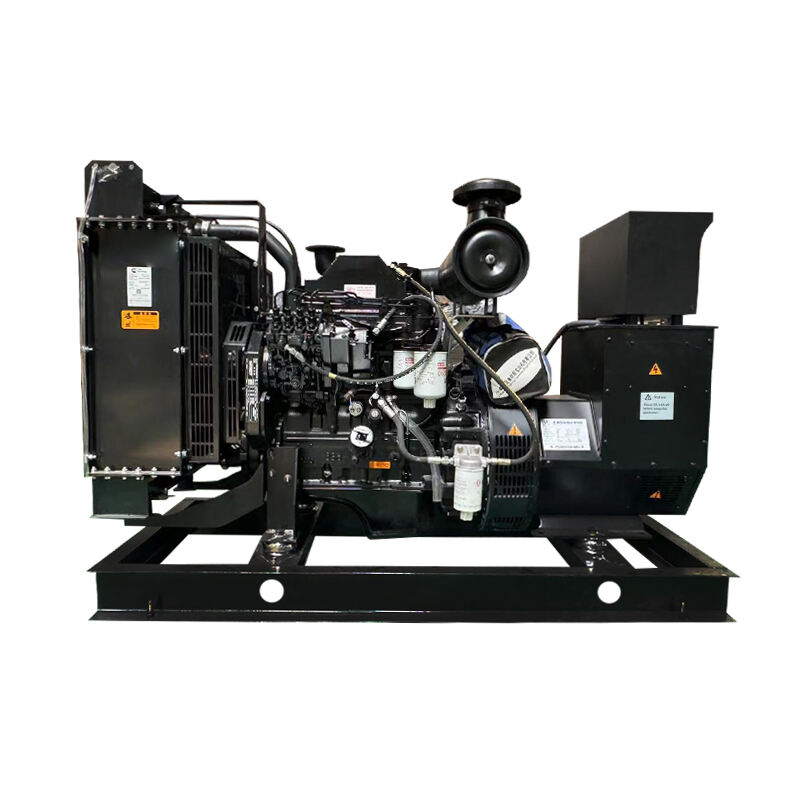Essential Maintenance Guidelines for Industrial Power Generation
Maintaining a 30kva generator requires a systematic approach to ensure optimal performance and longevity. These power units serve as critical backup systems for medium-sized businesses, commercial buildings, and industrial facilities. Proper maintenance not only extends equipment life but also guarantees reliable power supply when you need it most.
Regular maintenance schedules help prevent unexpected breakdowns, reduce repair costs, and maintain the generator's efficiency. Whether you're a facility manager or business owner, understanding these maintenance requirements is crucial for protecting your investment and ensuring business continuity.
Monthly Maintenance Procedures
Visual Inspections and Basic Checks
The foundation of any maintenance program starts with thorough visual inspections. For a 30kva generator, these monthly checks should include examining the unit for any signs of oil, fuel, or coolant leaks. Inspect all hoses, belts, and connections for wear or damage. Check the battery terminals for corrosion and ensure proper connection tightness.
Review the control panel displays and indicators for any warning signs or unusual readings. Document all findings in a maintenance log to track patterns and anticipate potential issues before they become serious problems.
Fluid Level Monitoring
Maintaining proper fluid levels is crucial for your 30kva generator's performance. Check engine oil levels using the dipstick, ensuring the oil appears clean and at the recommended level. Inspect coolant levels in both the radiator and overflow tank, maintaining them at optimal levels with the correct mixture ratio.
Fuel systems require special attention - verify fuel levels and check for water contamination in the fuel tank. If your generator runs on diesel, consider fuel treatment additives to prevent algae growth and maintain fuel quality during long storage periods.

Quarterly Service Requirements
Load Testing and Performance Analysis
Every three months, conduct comprehensive load testing on your 30kva generator. This involves running the unit under various load conditions to ensure it can handle power demands effectively. Monitor voltage output, frequency stability, and engine performance during these tests.
Record key performance metrics such as oil pressure, coolant temperature, and battery charging rate. These readings help identify potential issues early and ensure the generator can deliver rated power when needed.
Component Cleaning and Adjustment
Regular cleaning prevents dust and debris accumulation that can affect generator efficiency. Clean air intake filters, radiator fins, and external surfaces thoroughly. Check and adjust belt tensions according to manufacturer specifications. Inspect and clean the alternator, ensuring proper ventilation for optimal cooling.
Pay special attention to electrical connections, tightening any loose terminals and cleaning any corrosion. This helps prevent electrical resistance that could lead to component failure or reduced performance.
Annual Maintenance Tasks
Comprehensive System Overhaul
Yearly maintenance for a 30kva generator includes more extensive servicing procedures. Replace engine oil and filters according to manufacturer guidelines. Conduct thorough fuel system maintenance, including fuel filter replacement and fuel tank cleaning if necessary.
Inspect and service the cooling system, including coolant replacement if required. Check and adjust valve clearances, and test all safety shutdown systems to ensure proper operation. This annual service is crucial for maintaining generator reliability and efficiency.
Professional Inspection and Certification
Schedule a professional technician inspection annually. They will perform detailed diagnostic tests, verify emissions compliance, and assess overall system condition. This includes testing all electrical systems, control circuits, and automated transfer switches.
Professional inspections often reveal issues that might be missed during routine maintenance. They can also provide necessary certification for insurance and regulatory compliance requirements.
Preventive Maintenance Strategies
Documentation and Record Keeping
Maintain detailed service records for your 30kva generator. Document all maintenance activities, including date, work performed, parts replaced, and any unusual findings. These records are invaluable for tracking maintenance history and planning future service schedules.
Create a comprehensive maintenance calendar that includes daily, monthly, quarterly, and annual tasks. This helps ensure no critical maintenance items are overlooked and provides documentation for warranty purposes.
Emergency Response Planning
Develop clear procedures for emergency situations. Train relevant personnel on basic troubleshooting and emergency shutdown procedures. Keep essential spare parts on hand, including filters, belts, and common replacement components.
Establish relationships with reliable service providers who can respond quickly to emergency situations. Having these resources readily available can minimize downtime during critical failures.
Frequently Asked Questions
How often should I change the oil in my 30kva generator?
Oil changes for a 30kva generator typically should be performed every 250-300 operating hours or at least annually, whichever comes first. However, this interval may vary based on operating conditions and manufacturer recommendations. Regular oil analysis can help determine optimal change intervals.
What type of fuel is best for a 30kva generator?
Most 30kva generators are designed to run on diesel fuel. Use high-quality diesel fuel that meets local standards and specifications. Regular fuel testing and treatment can help maintain fuel quality and prevent contamination issues that could affect performance.
How long can a 30kva generator run continuously?
A well-maintained 30kva generator can run continuously for 24-48 hours, depending on the load and design specifications. However, it's recommended to allow for cooling periods and regular maintenance checks during extended operation. Always follow manufacturer guidelines for continuous operation limits.

